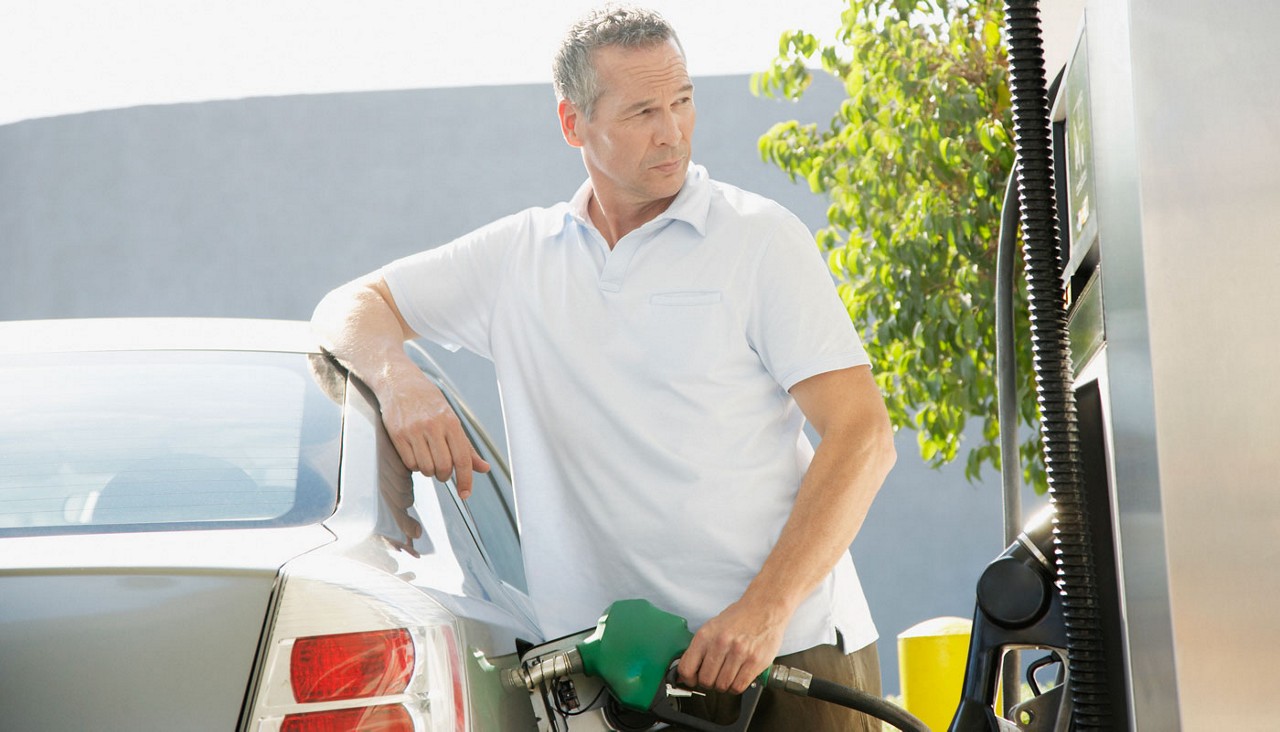To ensure you receive the best service possible,
please enter your zip code below:

Gasoline prices are a constant concern for car owners, families and commuters alike. Finding ways to save at the pump can significantly impact your budget, especially with frequent travel. Enter E15 gasoline—a fuel option that has been gaining attention for its potential cost savings and environmental benefits. In this article, we’ll explore what E15 gasoline is, how it can help you save on gas costs, why it’s being used in Summer 2024, and whether it’s good or bad for your vehicle.
E15 gasoline a blend of traditional gasoline and between 10.5% to 15% ethanol, a renewable fuel made from plant materials such as corn. Ethanol has been used as a fuel additive for decades, primarily in the form of E10, which contains 10% ethanol and 90% gasoline. The higher ethanol content in E15 is designed to provide a more environmentally friendly fuel option while offering cost savings to consumers.

One of the primary benefits of E15 gasoline is its potential to save consumers money at the pump. Here’s how:

The use of E15 gasoline has been expanding, particularly during the summer months. Several factors contribute to this trend:

While the benefits of E15 gasoline are clear, many car owners have questions about its impact on their vehicles. Let’s address some common concerns:
Compatibility
E15 gasoline is approved for use in all light-duty vehicles from the model year 2001 and newer. This includes most cars, trucks and SUVs on the road today. However, it’s important to check your owner’s manual or consult with your manufacturer to ensure compatibility.
Performance
Studies have shown that E15 performs similarly to E10 in terms of fuel efficiency and engine performance. Some drivers may notice a slight reduction in miles per gallon (MPG) due to the lower energy content of ethanol compared to gasoline, but the cost savings at the pump often offset this difference.
Engine Health
Modern engines are designed to handle ethanol-blended fuels, and E15 should not cause any major issues when used in compatible vehicles. However, it’s always a good idea to monitor your vehicle’s performance and consult your mechanic if you notice any abnormalities.
E15 Fuel at the Pump
The EPA has a requirement that any fuel dispenser be clearly labeled for gasoline that is an ethanol blend greater than 10% and up to 15% (E15). The label is to alert consumers to the use of the blended fuel.
Warranty Considerations
Using E15 gasoline in a vehicle not approved for it can void the warranty. Ensure your vehicle is compatible to avoid any potential issues with warranty coverage.
E15 gasoline offers a promising solution for car owners, families and commuters looking to save money on fuel while reducing their environmental impact. With its lower price point, increased supply and government support, E15 is poised to become a popular choice, especially during the summer travel season of 2024. If your vehicle is compatible, making the switch to E15 can be a smart move for both your wallet and the planet.
Member discounts
If you’re a AAA Member, you can save when you fill up at Shell gas stations. Why not use your Membership to save at the pump?
- AAA supports the use and exploration of alternative fuels. Gasoline containing 15% ethanol (E15) has been shown to be safe for use in vehicles 2001 model year or newer. AAA research has shown that E15 will result in a 2% decrease in fuel economy and a resulting increase in emissions.
- Drivers should ensure that the cost of E15 is at least 2% less than E10 to ensure there is a financial benefit to using the fuel. While E15 is safe for use in these 2001 model year and newer vehicles, it is important for drivers to check their owner’s manuals for recommended fuels for their specific vehicle. AAA urges fuel suppliers to properly label fuels and ensure that E10 and E0 fuels remain available to consumers with older vehicles or other engines that require lower levels of ethanol.